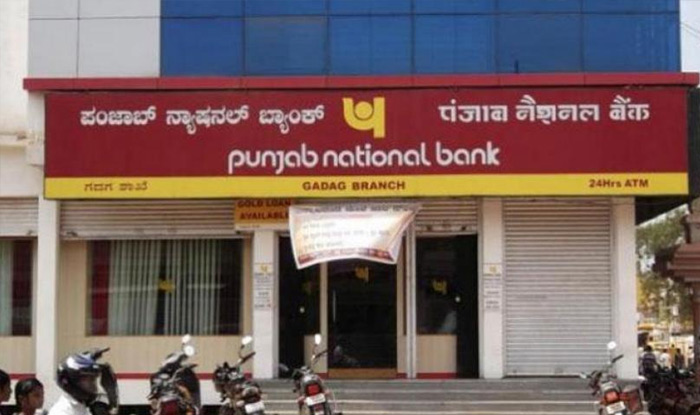Punjab National Bank (PNB) is one of the largest Public Sector Banks (PSBs) with huge Non Performing Assets (NPAs). Its market image was severely maligned due to the huge NPA problem and then a major blow came from the 14,357 crore Nirav Modi scam. But in the first five months of this fiscal year, PNB came out first in NPA recovery. The bank recovered 11,378 crore rupees in the first five months of this fiscal year. This amount is more than 5,643 crore recovered in entire 2016-17 and 5,618 crore rupees in previous fiscal year. In fact, the amount recovered in first five of this fiscal is almost equal to the entire money recovered in the previous two fiscal years. PNB has one of the highest net NPAs ratio which stood at 10.58% as of June, against Bank of Baroda’s (BoB’s) 5.4 percent and Canara Bank’s 6.91 percent.
The magnificent recovery was primarily due to two reasons. The first being Insolvency and Bankruptcy Code (IBC) and second is the efforts by bank management to recover loans. The bank deployed as many as 3,000 employees to recover the defaulted amount because it did not wanted to make into RBI’s watch list. The resolution of some cases through IBC came as god’s gift to PNB. It recovered 3,081 crore rupees when Tata Steel acquired debt laden Bhushan Steel through IBC process. Another big profile case solved through IBC was Anil Agrawal led Vedanta resources taking over Electrosteel Steels for an aggregate amount of Rs 1,805 crore (USD 275.7 million) and additional funds of Rs 3,515 crore (USD 536.9 million) by way of debt. In the Electrosteel steel case PNB got 335 crore rupees and in another Monnet Ispat case it got 110 crore, this was also solved through IBC.
The recovery of PNB was not limited to IBC process. It solved many cases on its own through one time settlements. It got Rs 107 crore from Siddhi Ispat, Rs 84 crore from GTL and Rs 52 crore from Indo Rama Synthetics through one time settlements. The next big resolution through IBC could be Bhushan Power and Steel (different from Bhushan Steel) for which National Company Law Tribunal (NCLT) will hear eligibility of bids on September 24. The performance of PNB in overall PSBs NPA recovery was excellent, it alone was responsible for 23 percent of NPA recovery in June quarter. The overall recovery of all the 21 public sector banks (PSBs) in first five months stood at Rs 36,551 crore, almost half of the total they had recovered in the entire 2017-18.
Finance ministry promised the PSBs to infuse capital for their requirements but told the boards to go tough on recoveries and take some other initiatives for healthy balance sheets. PNB acted swiftly to improve its sheets, now it is among PSBs with good balance sheets. 42.6 percent of total PNB deposits were current account savings account (CASA) while for BoB it was 40.8 percent and for Canara Bank 32.4 percent. The banks pay very low interest rates on CASA deposits therefore higher CASA ratio means higher profit for banks. PNBs operating profits grew at 30.4 percent in first quarter of this fiscal year while BoB’s and Canara bank’s operating profit was 13.5 percent and 18.6 percent respectively. The operating expenses of PNB were down by 17.3 percent in June quarter compared to a year before, on the other hand BoB and Canara bank’s operating expenses rose by 9.3 percent and 18.5 percent respectively.
PNB is one of the largest and oldest banks in India. Its history goes back to the Independence movement and the Swadeshi movement in the country. The bank was registered in 1894 in Lahore by Swadeshi movement leaders such as Dyal Singh Majithia and Lala Harkishen Lal, Lala Lalchand, Kali Prosanna Roy, E. C. Jessawala, Prabhu Dayal, Bakshi Jaishi Ram, and Lala Dholan Dass. It has distinction of being the first bank that started exclusively on the Indian capital that has survived till date. Revered nationalist leader Lala Lajpat Rai was closely associated with the management of the bank in the early years. The bank also maintained the account of the Jallianwala Bagh Committee.
